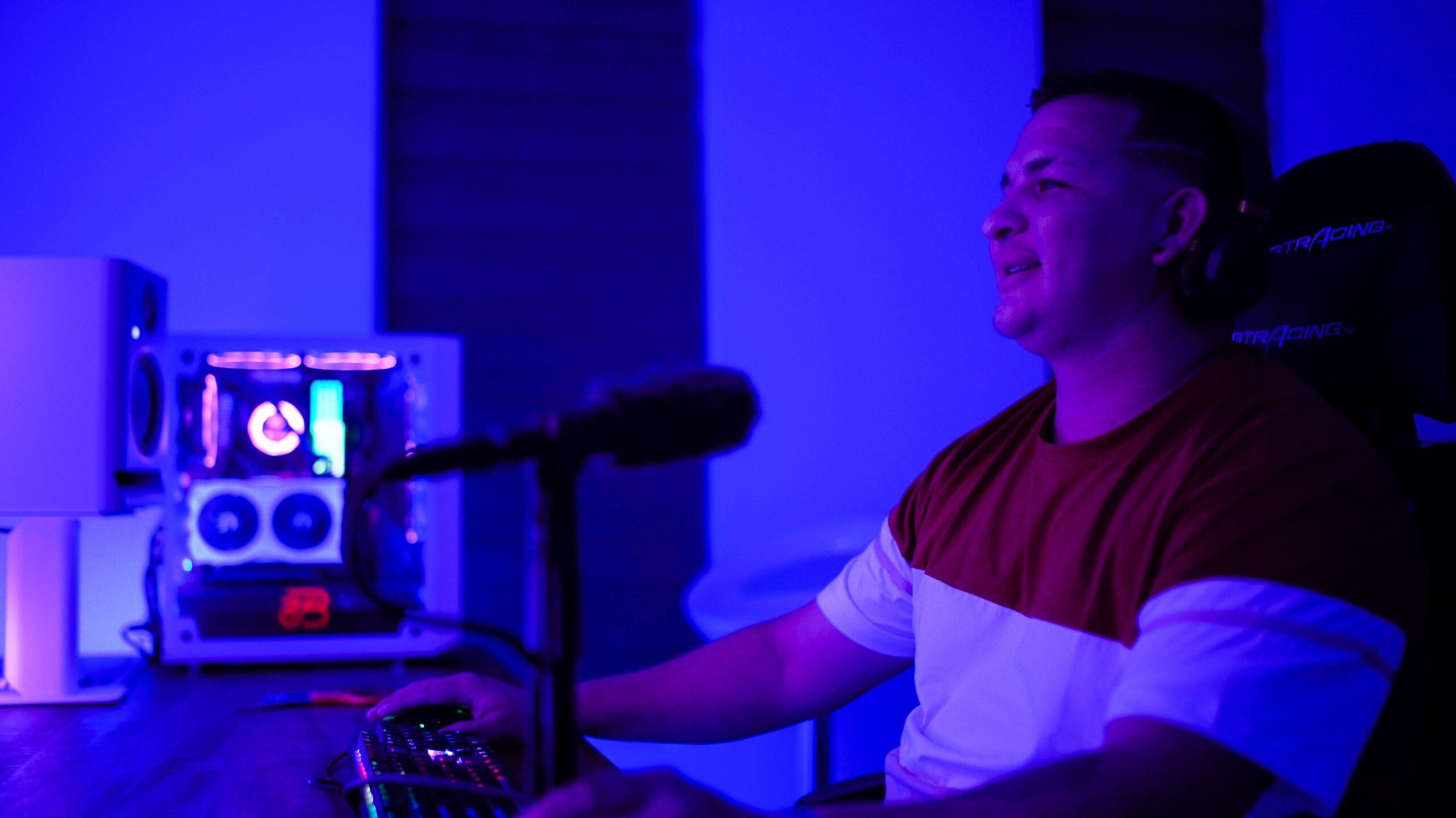In the blog we have already reported several times about DLSS (Deep Learning Super Sampling). Olli explained Nvidia's upscaling technology to you, for example, using the example of "Red Dead Redemption 2". And of course I also mentioned the feature in my report on a gaming PC with a GeForce RTX 3080 Ti. I would like to briefly recap what the current state of affairs is and what else has happened to me in everyday use.
Nvidia DLSS is a technology that extrapolates the image for you in games. As far as I'm concerned, you would like to play a game in 4K with maximum settings, but your computer then does not deliver a completely constant 60 fps. DLSS can tip the scales there. If you activate DLSS, the game of your choice will be calculated in a lower resolution and then upscaled. The function offers you different modes – Ultra Performance, Performance, Balanced and Quality. Depending on the selected settings, the real rendering resolution will deviate more from your desired resolution.
DLSS 2.3 has been available since the end of 2021. This means that upscaling works better with fast-moving objects and shows less artifacts. Important: Not every game supports DLSS, because the developers have to actively integrate it. Even if DLSS is supported, it is not automatically the latest version. Again, this is only the case if the respective developers update their titles. You can test DLSS 2.3, for example, in "Death Stranding Director's Cut".
What is very exciting: Nvidia itself claims that DLSS at the highest quality level in many cases even looks better than the native resolution. How do you come up with this bold claim? DLSS can apply post-sharpening and mitigate any artifacts that may be present in the original material when scaled via the algorithms. I wouldn't go that far myself though. My opinion is still that z. For example, native 4K resolution works best on a 4K display with as little intervention as possible.
"Cyberpunk 2077" in native 4K at maximum settings.
But there are – and this is also my experience after trying it out in the last few months – scenarios in which DLSS can actually have a positive effect. For example, if it is post-processed in a game, e.g. B. There are flickering shadows or lights at edges – for example due to incorrect ambient occlusion.
I also presented you with some benchmarks with and without DLSS in my gaming PC report – for example from “Guardians of the Galaxy”. You can see quite well that slumps in frame rates can be avoided by tuning. This is especially important if you are a fan of ray tracing, which can make the lighting in games much more atmospheric, but also eats up a lot of power.
Version 2.3 has also improved the particle display in games like "Doom Eternal". However, there are also aspects where I advise caution: The sharpening of DLSS may tempt some to turn it up properly. At first glance, this may look crisper in some games. However, you increase the already mentioned flicker artifacts and increase the risk that you will see double contours. And let's be honest: Such a completely over-sharpened image is no longer aesthetic.
Of course, AMD is not sleeping: They have already introduced FSR 2.0 (Fidelity Super Resolution) and are catching up in quality after the rather disappointing first generation. In any case, I'm curious how things will continue, especially since Intel is also launching its own counterpart for its Arc series graphics solutions with Xe Super Sampling (XeSS).
This article contains affiliate links. Clicking on it will take you directly to the provider. If you decide to make a purchase there, we will receive a small commission. Nothing changes in the price for you. Thank you for your support!



